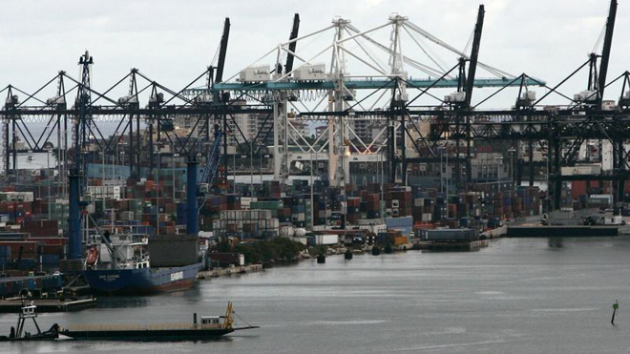

Reporting on the U.S. trade deficit, otherwise known as the trade gap, from the U.S. Commerce Department. (Photo: Reuters)
The U.S. trade deficit in December ballooned to its highest level since 2012 despite lower energy costs, indicating 4Q growth estimates will be revised down. as imports rose
The Commerce Department said on Thursday the trade deficit widened sharply to 17.1 percent up to $46.6 billion, which is the largest since November 2012. Further, it was the biggest percentage increase since July of 2009. Meanwhile, November’s numbers were revised up to $39.8 billion from a previously reported $39.0 billion.
Economists polled by Reuters had forecast the trade deficit falling to $38.0 billion and, when adjusted for inflation, the deficit widened to $54.7 billion from $48.7 billion in November.
December unexpected increase in the trade gap suggests a downward revision to the fourth-quarter gross domestic product (GDP) estimate. The Commerce Department reported last week that GDP expanded at a 2.6 percent annual rate. The rate represented a return to the mediocre growth since the end of the Great Recession, but it is likely overstated, because trade was initially estimated to have shaved 1.02 percent off of GDP growth.
In December, imports rose 2.2 percent to $241.4 billion, with imports of non-petroleum products surging to a record high, a sign of strengthening in the domestic economy. It also reflected the strength of the U.S. dollar.
Exports slipped 0.8 percent to $194.9 billion in December. Exports have been hurt by slowing growth in Asia and Europe, a strengthening dollar, as well as a labor dispute at U.S. West Coast ports, which has been cited by some manufacturers as causing delays in the movement of goods.
Exports to Canada and Mexico – the main U.S. trading partners – fell in December, while exports to Japan, China and the European Union rose in December.
The politically sensitive U.S.-China trade deficit fell 5.5 percent to $28.3 billion.





